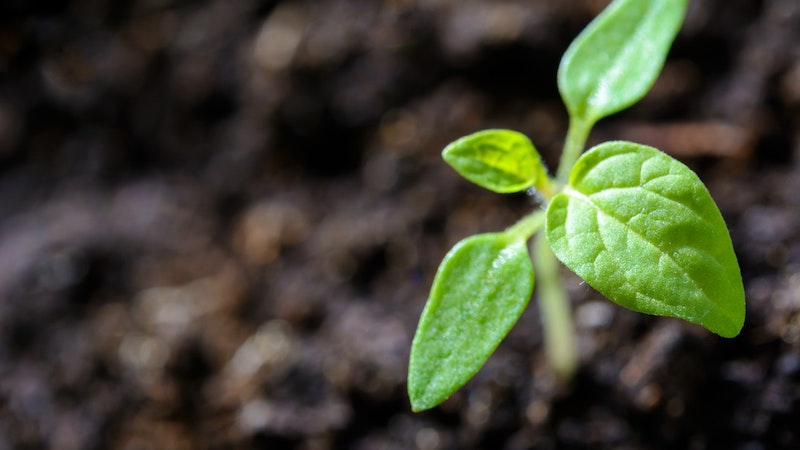Cover Crops
Episode #3 of the course Advanced gardening by Alice Morgan
Hello, and welcome to Day 3 of our class. When you work in your garden, do you ever think about what’s going on in the soil? Today, we’ll be going over cover crops, and I’d like to start by discussing microorganisms. There’s a whole world beneath the dirt, with communities of microorganisms busily working away in the topsoil. They do
all kinds of good things in our gardens, such as nitrogen fixing and decomposing organic matter. With all that microorganisms do, it might surprise you to learn how much the average gardener neglects them.
What Happens When the Earth Is Left Bare
When summer is over and done, most of us go through our gardens and clean out all the material that’s left over from a productive season of gardening. We clear out weeds and spent plants and maybe replace them with some compost. Unfortunately, compost isn’t enough of a blanket to protect the soil. Think about it. How often do you find bare spots in a forest? Nature likes to keep itself covered, and that’s for good reason. Without roots to provide protection and support, topsoil blows away in the wind and washes away in rain. Furthermore, the wind, rain, and cold drive microorganisms deeper underground, where they can’t work the soil. Before long, all the fertile earth you painstakingly nurtured is gone. To combat this problem, the best thing to do is to plant a cover crop.
Cover Crop Basics
A cover crop is a crop that goes into your garden after harvest and stays planted for several months to protect and nourish your soil. These plants minimize soil loss, maintain microorganism levels, and create a ready source of nourishment for next season’s garden. They also keep weeds from growing and can severely reduce the amount of weeding you have to do next season! Usually a legume or grass crop, they can also be a mix of both. There are two types of cover crops to consider, depending on the your needs: warm season and cool season.
Warm season. Warm season cover crops are meant to go into your garden in spring and will grow throughout the summer and fall growing seasons. Most gardeners won’t need these crops, but they can be excellent for restoring soil quality to an exhausted garden. Depending on what Zone you live in and the goals you have for your land, buckwheat, cowpea, sorghum, millet, teff, and sweet clover are all warm season options for you to investigate.
Cool season. Most gardeners will be interested in cool season cover crops. These plants are meant to go into your garden at the end of the growing season. They grow quickly and most are resistant to cold weather. Once winter has moved on, you can knock them down to provide a nutrient boost for your new crops. Cool season options include: cereal rye, winter wheat, oats, annual rye grass, barley, crimson clover, and hairy vetch.
While not a legume or grass, I also want to mention daikon radishes as a potential cover crop. These vegetables are suited to cold weather and have large, deep tap roots. If you have very hard soil, consider planting daikon radishes because their roots will naturally break up and condition the ground. You can eat them if you want, or leave them to decompose into in-situ compost.
Effectively Using Cover Crops
When your primary garden is finished, plant your cover crop or crops and allow them to grow undisturbed over winter until two to three weeks before you plant. At this point, you can mow over or trim the cover crop down to ground level. Once it’s trimmed, you have options for how to proceed. You can leave the roots systems of the cover crop intact and plant directly into the soil beneath them, or till the leafy material into the ground. The material can also be left as a mulch. Either way, you want to wait at least two to three weeks for the cover crop to break down before you plant. This gives the soil time to absorb the first wave of nutrients and allows any allelopathic substances to disperse.
I hoped you enjoyed today’s lesson on cover crops. Tomorrow, we’ll be discussing crop rotation.
Recommended books
Homegrown Humus: Cover Crops in a No-Till Garden by Anna Hess
Share with friends

